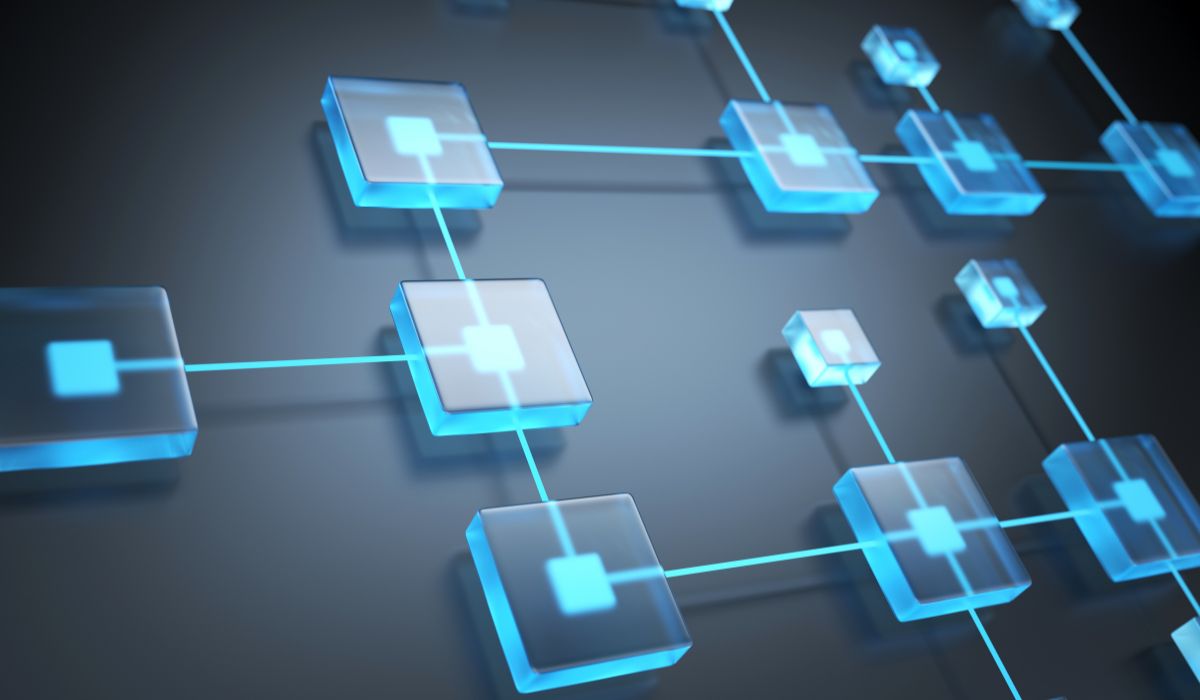
Layer-1 blockchains serve as the cornerstone of the blockchain ecosystem, providing the infrastructure for various applications and services. This article explores the top Layer-1 blockchains to watch in 2024, highlighting their unique characteristics and potential impact on the cryptocurrency landscape.
Layer 1 is the foundational layer of blockchain technology, essential for security and consensus. As the crypto industry evolves, there is a focus on improving Layer-1 blockchains, with developments such as Ethereum’s move to proof-of-stake and the emergence of eco-friendly alternatives. These advancements aim to address the limitations of Layer-1 networks, leading to the development of Layer-2 and Layer-3 protocols.
Layer-1 blockchains are foundational in the cryptocurrency world, offering crucial benefits. They ensure decentralized control, transaction permanence, and transparency. These blockchains operate independently, using consensus mechanisms like Proof of Work or Proof of Stake. They support native tokens for transaction fees, staking, and governance, enhancing their utility. Additionally, they provide a flexible foundation for decentralized applications and are more resistant to congestion than Layer-2 solutions, benefiting from strong network effects.
Best L1 Blockchains to Watch
- Solana
Solana is a leading Layer-1 blockchain known for its speed and cost-effectiveness, powered by the unique Proof of History (PoH) consensus mechanism. The SOL token is central to the Solana ecosystem and is used for transactions, smart contracts, and network security through staking. Recently, Solana became the fifth most valuable cryptocurrency by market cap.
In 2023, Solana’s ecosystem grew significantly with the introduction of Solana Improvement Documents (SIMDs) and the Firedancer upgrade for validators. With over 2,000 nodes, the network emphasizes security and decentralization. Solana has seen a surge in diverse projects and partnerships, showcasing its commitment to innovation and growth.
- MANTRA
MANTRA (OM) is a trailblazer in Real World Asset (RWA) tokenization, leveraging a massive $16 trillion opportunity identified by The Boston Consulting Group. With a significant portion of this market coming from non-financial assets like intellectual property and artworks, MANTRA Chain is strategically positioned to lead in this expanding sector, highlighting its crucial role in the future of RWA projects.
As the first RWA-focused Layer 1 blockchain, MANTRA Chain stands out by prioritizing regulatory compliance and infrastructural strength in asset tokenization. Its rise to a top 4 RWA project on CoinGecko underscores its innovative edge and growing influence. Additionally, MANTRA’s imminent acquisition of the VARA License is set to accelerate Real Estate tokenization in Dubai, further solidifying its position in the industry.
- Bitcoin
Bitcoin, the first decentralized digital currency, remains a cornerstone in the Layer-1 domain. Introduced in 2009 by an unknown person or group under the pseudonym Satoshi Nakamoto, Bitcoin (BTC) is widely recognized and adopted as a store of value and a medium of exchange.
Its blockchain technology offers high security and immutability. BTC’s limited 21 million supply and decentralized nature have earned it the nickname “digital gold.” Bitcoin halving occurs approximately every four years, reducing block rewards and driving scarcity of new Bitcoins mined.
In 2023, the Bitcoin ecosystem saw significant developments. The launch of the Bitcoin Ordinals protocol enabled the minting of non-fungible tokens (NFTs) directly on the Bitcoin blockchain. Various sidechains and Layer-2 solutions, like Stacks, addressed Bitcoin’s limitations in supporting smart contracts, opening up new possibilities for complex ecosystem businesses and DeFi applications.
- Internet Computer (ICP)
The Internet Computer (ICP) by DFINITY Foundation is a blockchain platform hosting smart contracts and software systems on-chain. Its consensus mechanism allows high transaction throughput and scalability, aiming to create a decentralized, serverless cloud computing environment. ICP coin is used for transactions, smart contracts, rewarding network participants, and governing the protocol through the Network Nervous System (NNS).
In 2023, ICP integrated Websockets for real-time interactive applications and expanded stable memory for more complex apps. Canisters can securely make HTTPS outcalls to Web 2.0, broadening smart contract uses. ICP supports permissionless token issuance for DAO governance, boosted by the Service Nervous System (SNS). Grants for new services and solutions have spurred growth, and a rise in community and NFT projects showcases organic growth and innovation.
- Aptos
Aptos is a Layer 1 blockchain designed for scalability and usability in decentralized applications. It utilizes the Move programming language for smart contracts and features a parallel execution engine for faster transactions. The APT token is used for fees, governance, and potentially staking.
In 2023, Aptos thrived with strong team support and $400 million in funding from investors like Tiger Global and PayPal Ventures. The network’s technological advancements and TVL exceeding $200 million demonstrate growing adoption. Strategic partnerships with Sushi and Coinbase Pay, along with expansions into gaming with Microsoft and others, further enriched the ecosystem. Aptos also introduced a new Digital Asset Standard and infrastructure updates for NFTs and multi-sig solutions.
Conclusion
In 2024, Layer-1 blockchains remain pivotal in the crypto sphere’s development. Their continuous evolution is vital in meeting the dynamic demands of the digital landscape. Each blockchain, from Solana with its rapid transactions to Bitcoin’s renowned security, offers distinctive features that enrich the blockchain ecosystem.
Layer-2 solutions, while boosting performance, rely on the solid foundation of security and decentralization provided by Layer-1 blockchains. This symbiotic relationship ensures a harmonious balance: Layer-1 guarantees a secure and decentralized core, while Layer-2 enhances scalability and transaction speeds.





















